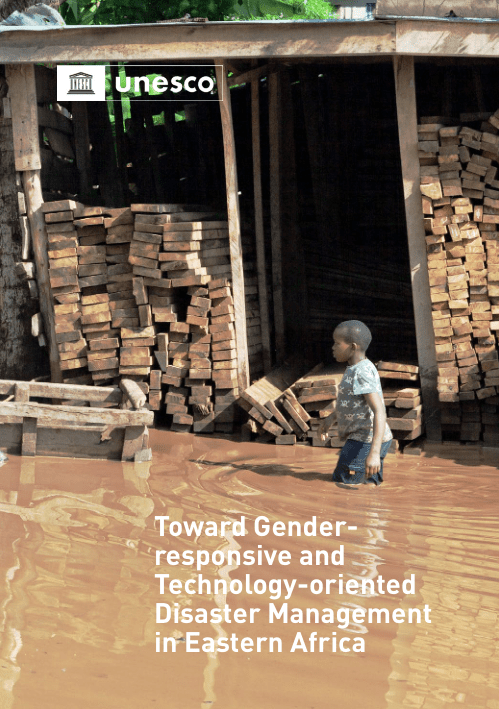Informing humanitarians worldwide 24/7 — a service provided by UN OCHA <!– TEMPORARY – COVID-19 – disabled – 2022/03/31 RW COVID-19 page: Find latest updates on global humanitarian responses –>
Find help on how to use the site, read terms and conditions, view the FAQs and API documentation.
Access your account or create a new one for additional features or to post job or training opportunities.
Latest humanitarian reports, maps and infographics and full document archive.
List of countries covered by ReliefWeb.
List of alerts, ongoing and past disasters covered by ReliefWeb.
List of organizations that are actively providing ReliefWeb with content.
Curated pages dedicated to humanitarian themes and specific humanitarian crises.
Open job opportunities in the humanitarian field.
Open training opportunities in the humanitarian field.
World + 10 more
Eastern Africa is predisposed to natural and human-induced disasters such as droughts and floods, political and ethnic conflicts, and outbreaks of human, crop and livestock disease epidemics. This is particularly critical for women and girls. When disasters occur, they do not discriminate, but their impact does. Women and girls are often disproportionately affected by disasters due to existing gender inequalities that increase their vulnerability to disasters, heighten exposure to risk and restrain capacity, often resulting in a post-disaster downward spiral of poverty.
One way of enhancing the overall awareness and responsiveness to disasters is the development of gender-responsive disaster risk reduction (DRR) policies and the application of modern technologies such as artificial intelligence (AI) in disaster response. AI applications can help bridge the distance, in time and space, between citizens and authorities in those crucial first few moments following the disasters.
In light of the above, UNESCO under the auspices of the Government of Japan implemented a project on “Strengthening Disaster Prevention Approaches in Eastern Africa (STEDPEA)”. One key output of the project which ended in September 2021 is a publication titled: “Toward Gender-responsive and Technology-oriented Disaster Management in Eastern Africa”.
This publication documents the findings of studies that analysed the current institutional, political and decision-support frameworks associated with disaster risk reduction (DRR) in Eastern Africa to support the development and integration of modern technologies such as AI innovations, citizen science and gender-responsive actions into strategies and action plans for DRR in schools, higher education, communities and public sector. Covering ten countries (Comoros, Djibouti, Eritrea, Ethiopia, Kenya, Madagascar, Rwanda, South Sudan, Tanzania and Uganda), key recommendations for AI integration and gender mainstreaming into DRR policy instruments are also presented.
Readers would find this publication useful as the findings have the potential to influence policy decisions that drive investments for effective use of innovations in AI, citizen science and gender-responsive actions that can enable disaster resiliency in Eastern Africa.
World
World
World
World + 5 more
ReliefWeb's blog
ReliefWeb Labs projects explore new and emerging opportunities to improve information delivery to humanitarians.
Learn more about ReliefWeb, leading online source for reliable and timely humanitarian information on global crises and disasters since 1996.
ReliefWeb's terms & Conditions.
Contact us.
Service provided by UN OCHA
OCHA coordinates the global emergency response to save lives and protect people in humanitarian crises. We advocate for effective and principled humanitarian action by all, for all.
ReliefWeb's Terms & Conditions.
© 2022 all rights reserved.
Author Profile
Latest entries
 राशीफल2024.04.19Aaj Ka Rashifal: मेष से लेकर मीन तक, जानिए 15 अप्रैल 2024, दिन-सोमवार का सभी राशियों का राशिफल – Aaj Tak
राशीफल2024.04.19Aaj Ka Rashifal: मेष से लेकर मीन तक, जानिए 15 अप्रैल 2024, दिन-सोमवार का सभी राशियों का राशिफल – Aaj Tak लाइफस्टाइल2024.04.19'OMG' 'शंभू' बनकर तांडव करते दिखे अक्षय कुमार, नए गाने में एक्टर का भयंकर अवतार – Punjab Kesari
लाइफस्टाइल2024.04.19'OMG' 'शंभू' बनकर तांडव करते दिखे अक्षय कुमार, नए गाने में एक्टर का भयंकर अवतार – Punjab Kesari धर्म2024.04.19Santoshi Mata: कैसे हुआ था मां संतोषी का जन्म, जानें पौराणिक कथा – TV9 Bharatvarsh
धर्म2024.04.19Santoshi Mata: कैसे हुआ था मां संतोषी का जन्म, जानें पौराणिक कथा – TV9 Bharatvarsh विश्व2024.04.19Russia: 'सब लोग चिल्ला रहे थे, इधर-उधर भाग…', मॉस्को में हुए आतंकी हमले के दौरान मौजूद लोगों ने बताई आपबीती – अमर उजाला
विश्व2024.04.19Russia: 'सब लोग चिल्ला रहे थे, इधर-उधर भाग…', मॉस्को में हुए आतंकी हमले के दौरान मौजूद लोगों ने बताई आपबीती – अमर उजाला











